Holographic call, you say? Get ready to see something incredible, made possible by the power of 5G connectivity...
Are you ready for the future of connectivity? Yesterday , in front of an audience of industry experts and journalists, we conducted the UK’s first live holographic call over 5G. This was a test of our 5G technology and launched our nationwide 5G trials – trials that’ll help usher in tomorrow’s communication technology.
But what does a holographic call look like, and what does 5G mean for you? Here’s everything you need to know…
Dialling into the future
Steph Houghton MBE, Manchester City and England Women’s captain, took a step into the future, as she was beamed live from Manchester to Newbury to talk to a couple of special guests via a live holographic call.
First, Steph spoke to Vodafone Enterprise Director Anne Sheehan about how advances in network technology will change all of our lives in the near future, before sharing some top footballing tips with 11-year-old City super fan Iris. Using the power of 5G all three could chat and interact seamlessly as if they were in the same room – despite a massive 190-mile distance between them.
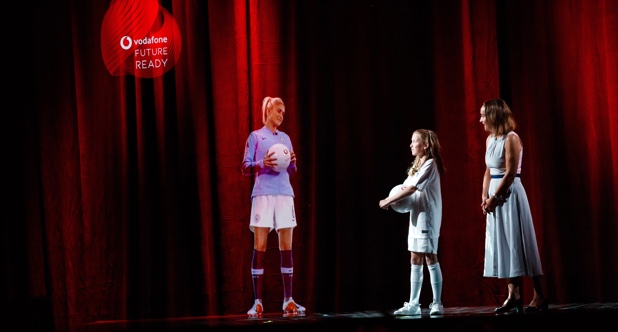
“As a player, one of the most exciting benefits of 5G is the ability to bring us closer to our fans no matter where they are,” said Steph, “allowing us to interact with them remotely in real-time. When I’m playing abroad with Manchester City and England, this technology will also make it even easier to stay connected with everyone back home. To communicate in 3D, in real time and with no delay or interruption is an unbelievable experience.”
But how does a holographic call work? Well, at the moment it requires a setup of cameras and microphones on both ends of the call. Then, in real time, feeds from all of those are sent from Manchester to Newbury (and vice versa) where they’re unscrambled and transmitted through an onstage projector.
Crucially, the audio and video are both sent in their original size, meaning there’s no scaling or compression. And that’s where 5G comes in; you need lightning fast speed and low latency to be able to send that amount of data without any lag.
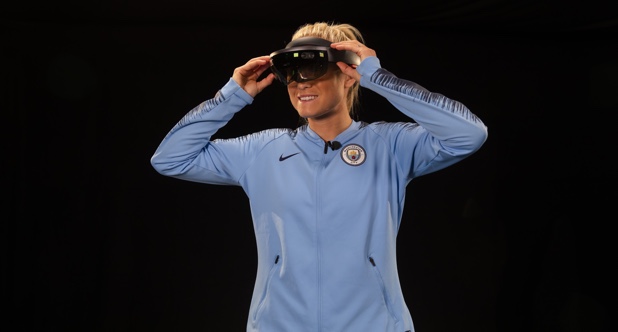
And, as you can see, the call made for some pretty futuristic viewing, but it’s just the tip of the iceberg when it comes to 5G. In fact, our first successful first 5G test – across a live network – took place in April this year, and it’s already given us a great, early indication of how advances in tech can transform our lives in the future.
With zero-latency communication, we could unlock the ability for surgeons to remotely join operating theatres from across the country, or for important parts of our infrastructure to be connected and monitored in real time, allowing technicians to detect things like water or gas leaks that are out of site, as they happen.
And that’s aside from some cool, everyday applications like online gaming, where gamers will be able to play in glorious 4K, without lag, while out and about.
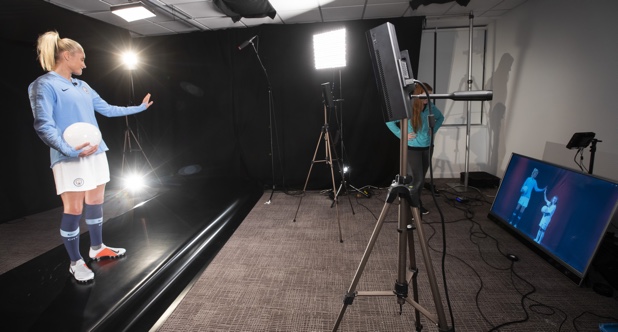
“We’ve been working hard behind the scenes to prepare for 5G,” said Vodafone’s Chief Technology Officer Scott Petty. “And I can confirm today that we are ready and good to go with UK-wide city and rural 5G trials starting from next month.”
To that end, we’ll be switching on 5G trials in Manchester and Birmingham – the first of our new trial cities – in the coming weeks. But it’s not just big cities that’ll feel the benefit: as things progress, we’ll also be rolling 5G out in rural destinations, such as Cornwall and the Lake District, during 2019. Watch this space.


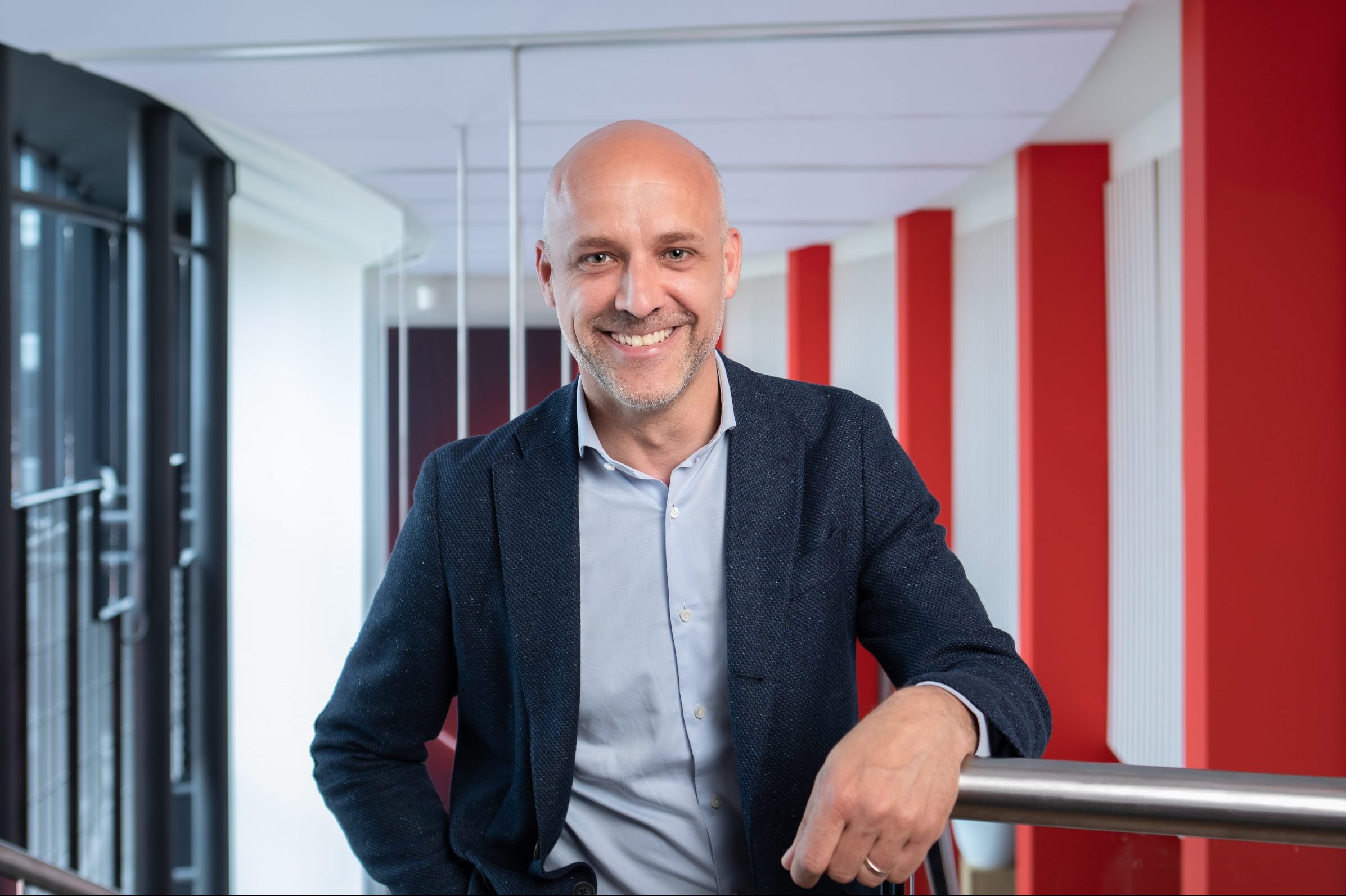


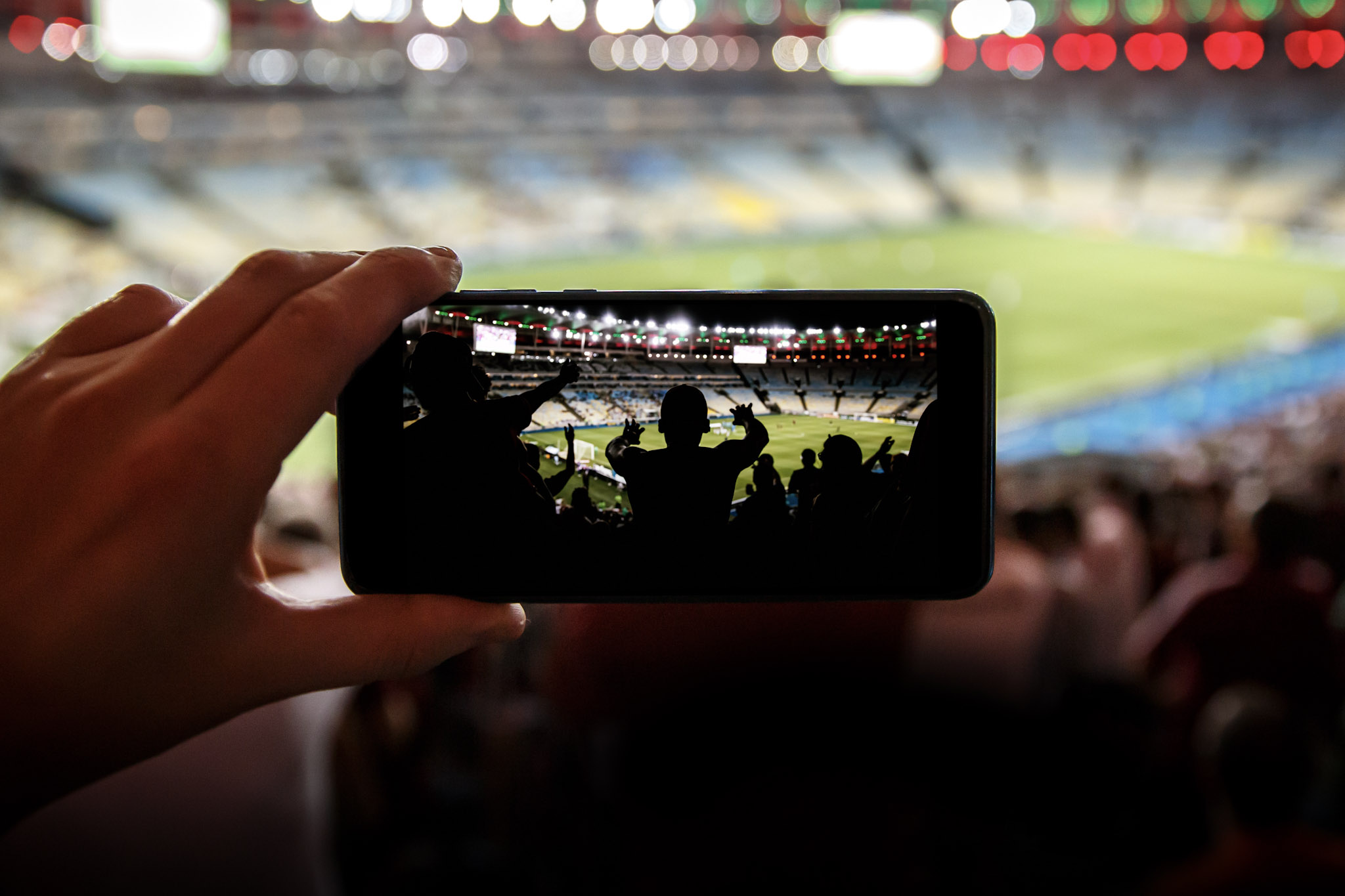

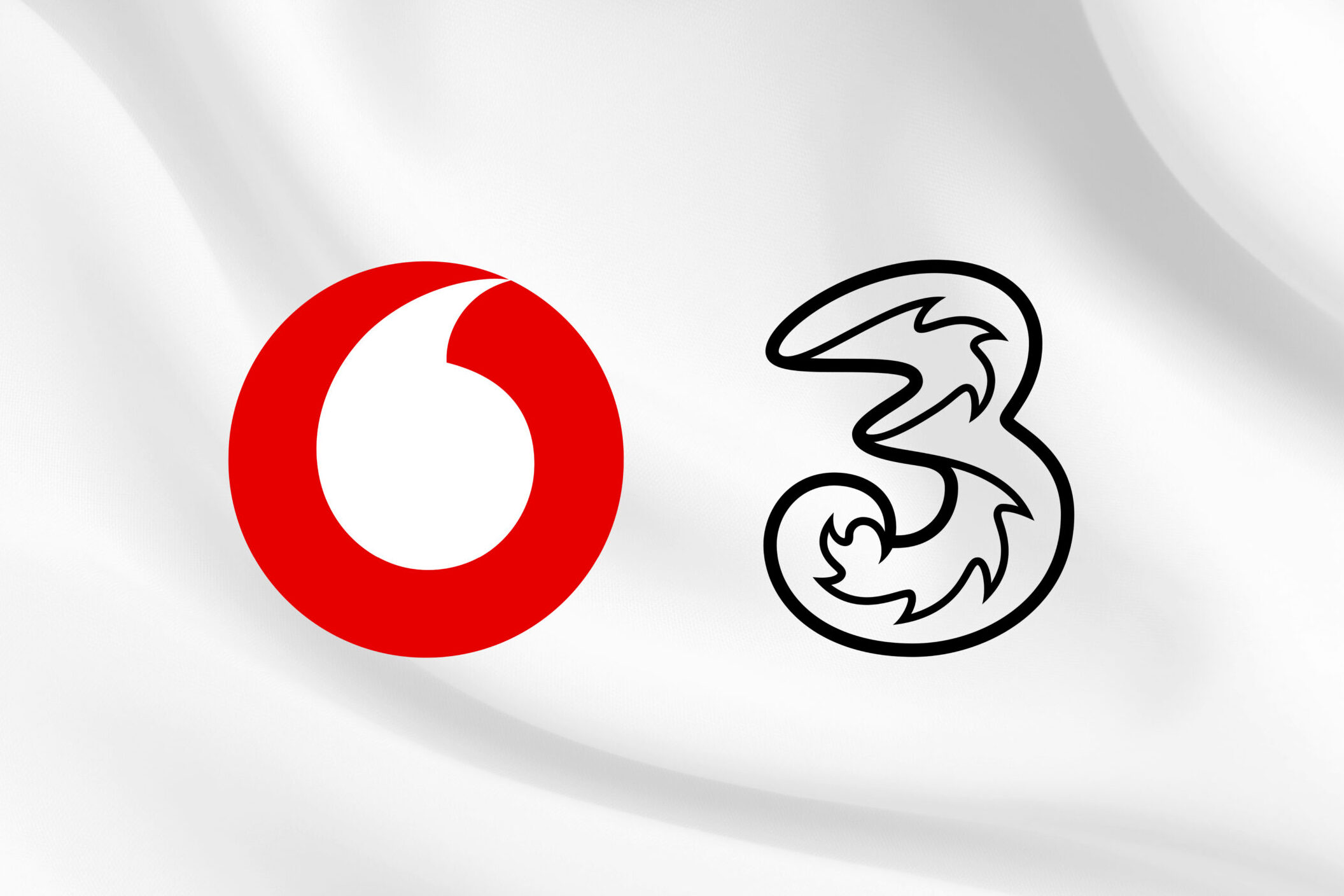
![Fan hand with mobile phone photographing football game[Adobe Stock] a stock photo of a sports fan's hand holding a mobile phone up to photograph a football game in a stadium [Adobe Stock]](https://www.vodafone.co.uk/newscentre/app/uploads/2024/08/Fan-hand-with-mobile-phone-photographing-football-gameAdobe-Stock.jpg)